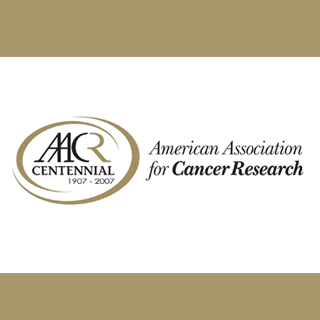
Leukemia is believed to be the most common type of cancer in children, and apparently affects more than approximately 2,000 children every year in the United States alone. Given the mounting occurrence of obesity all over the world, these results could have significant repercussions on cancer treatment and may aid in explaining the augmented leukemia relapse rate in obese patients.
“Obesity could increase cancer incidence and mortality through a variety of ways. It may impair the immune system’s ability to stop cancer, or predispose cells to become cancerous. Once you have cancer, and if you are obese, the fat cells themselves may impair the ability of chemotherapy to fight cancerous cells,†commented research’s lead author Steven D. Mittelman, M.D., PhD, fellowship research director with the Division of Endocrinology at Childrens Hospital Los Angeles, and assistant professor of pediatrics, physiology and biophysics at the Keck School of Medicine, University of Southern California.
This research was believed to be motivated by a preceding research which was headed by a colleague, Anna Butturini, M.D., associate professor of clinical pediatrics in the Division of Hematology-Oncology at Childrens Hospital. That former research apparently demonstrated that obese children detected with leukemia may supposedly have an approximate 50 percent higher possibility of relapsing as opposed to lean children.
Mittelman and colleagues, via preclinical models, apparently examined the reason why obese children were more at danger for relapse. A mouse model of obesity and leukemia was apparently developed by them. They artificially created fat and leukemia cells together, and supposedly treated the leukemia cells with conventional chemotherapy drugs used in children like vincristine, nilotinib, daunorubicin and dexamethasone.
Obese mice with leukemia apparently had higher relapse rates as opposed to lean mice post treatment with the first-line chemotherapeutic agent vincristine. The chemotherapy treatments supposedly did not work very well in culture when fat cells were close by. When the mice relapsed from the leukemia, the researchers discovered that leukemia was apparently hiding in the fat tissue throughout chemotherapy. This was the opinion of Mittelman.
Mittelman mentioned, “These four drugs attack leukemia cells by different routes, so when we saw fat cells blocking them we realized there could be an important mechanism promoting their ability to live and divide. We were surprised to find leukemia cells in the fat tissue.â€
The experts illustrated that co-culture of leukemia cells with adipocytes may reduce reaction to various chemotherapeutic agents. Consequently, adipose tissue may work as a ‘safe haven’ for leukemia cells throughout therapy. Based on the finding that adipocytes apparently gather chemotherapeutic drugs, it was suggested that proper attention should be paid to dose adjustments based on pharmacokinetic measurements.
David Hockenbery, M.D., member of the Fred Hutchinson Cancer Research Center and professor of internal medicine at the University of Washington, quoted, “In addition, by highlighting a potential communication between adipocyte and leukemia cells, this research will stimulate efforts to find a diffusible factor that protects leukemia cells from chemotherapy.â€
Mittelman believes that additional research may be required to find out how fat cells could be a division of the tumor microenvironment and how they may obstruct potentially lifesaving treatments. The researchers are presently conducting extra researches to assess other chemotherapeutics, how obesity may or may not influence treatment and the outcome of fat cells discovered in bone marrow on leukemia.
The finding was published in Cancer Research, a journal of the American Association for Cancer Research.
